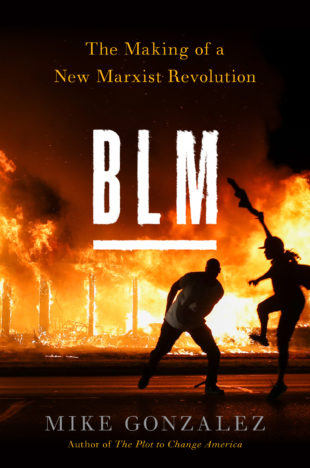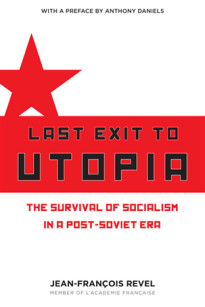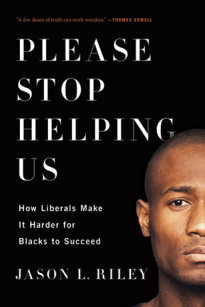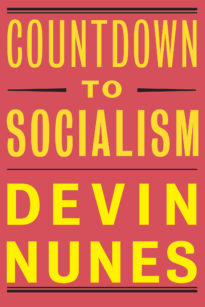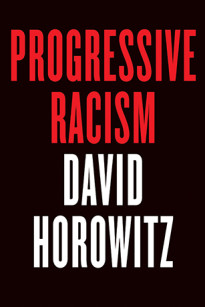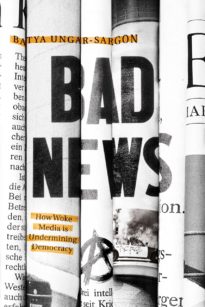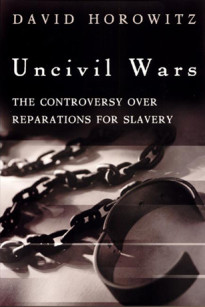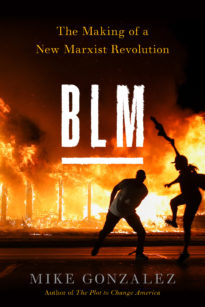O
n January 6, 2021, the holy day of the Epiphany, a few hundred supporters of Donald Trump occupied the Capitol building while Congress met to certify the votes of the 2020 election. The representatives of the people had to be whisked to safety while the protesters marauded through some of the most sacrosanct halls of our nation’s democracy. Trump, then in his last days as president, was instantly accused and convicted of inciting the crowd by the press, the Democrats, and even some members of his adopted Republican Party. Trump had indeed spoken to the rioters minutes earlier, in front of the White House, some 3.6 miles from Capitol Hill. “I know that everyone here will soon be marching over to the Capitol building to peacefully and patriotically make your voices heard,” he told them. He also said, “If you don’t fight like hell, you’re not going to have a country anymore.” For that, the House of Representatives impeached the president two weeks later, the first time in U.S. history that a president had been twice impeached. Trump was later acquitted by the Senate.
The January 6 attack certainly was disturbing. An unruly mob of buffoons had invaded the people’s house and threatened America’s elected representatives, sending a signal to the nation and the world that something wasn’t quite right with the country. This was, moreover, a political attack.
The attackers did something else that was shameful: they gave some political leaders an excuse not to be frank about the Black Lives Matter organizations and their leaders, a group of Marxists who do not just want to defund the police, empty the prison system, and eliminate the courts, as bad as that in itself would be. I myself saw this at a May 26, 2021 hearing of the House Subcommittee on Civil Rights and Civil Liberties in which I testified about Black Lives Matter. My mere mention of the damage BLM had wrought made two members of the Squad, Rep. Ayanna Pressley (Massachusetts) and Rep. Rashida Tlaib (Michigan) livid. BLM’s leaders seek to dismantle “the organizing principle of this society”—words spoken by the main founder of BLM, as I will explain in this book. Unfortunately, the Capitol attackers validated a long-standing, stubborn liberal axiom that “right-wing” militancy was a much greater threat than the left-wing version. This reflexive but false belief had been used again and again over the previous seven years to prevent any reasonable discussion of where the BLM organizations wanted to take America. The January 6 attack handed the liberal establishment something to hang on to and use to deflect attention from the real existential danger posed by BLM.
As it was, politicians had already found it impossible to criticize Black Lives Matter because the concept that black lives matter is so unimpeachable. Who could be against black lives mattering? Rancid racists do exist and always will. But Americans by and large are not racist, and they do want justice and equality among the races. This is indeed the reason that the BLM organizations, which are committed to radically changing the way of life of the freest, most prosperous society on earth, use the BLM label. Other labels, such as Red Ideas Matter or Dismantling the Family Matters, wouldn’t have worked, though they would more truly represent organizations that advocate policies that make it more difficult for all individuals to succeed and thus close racial gaps.
